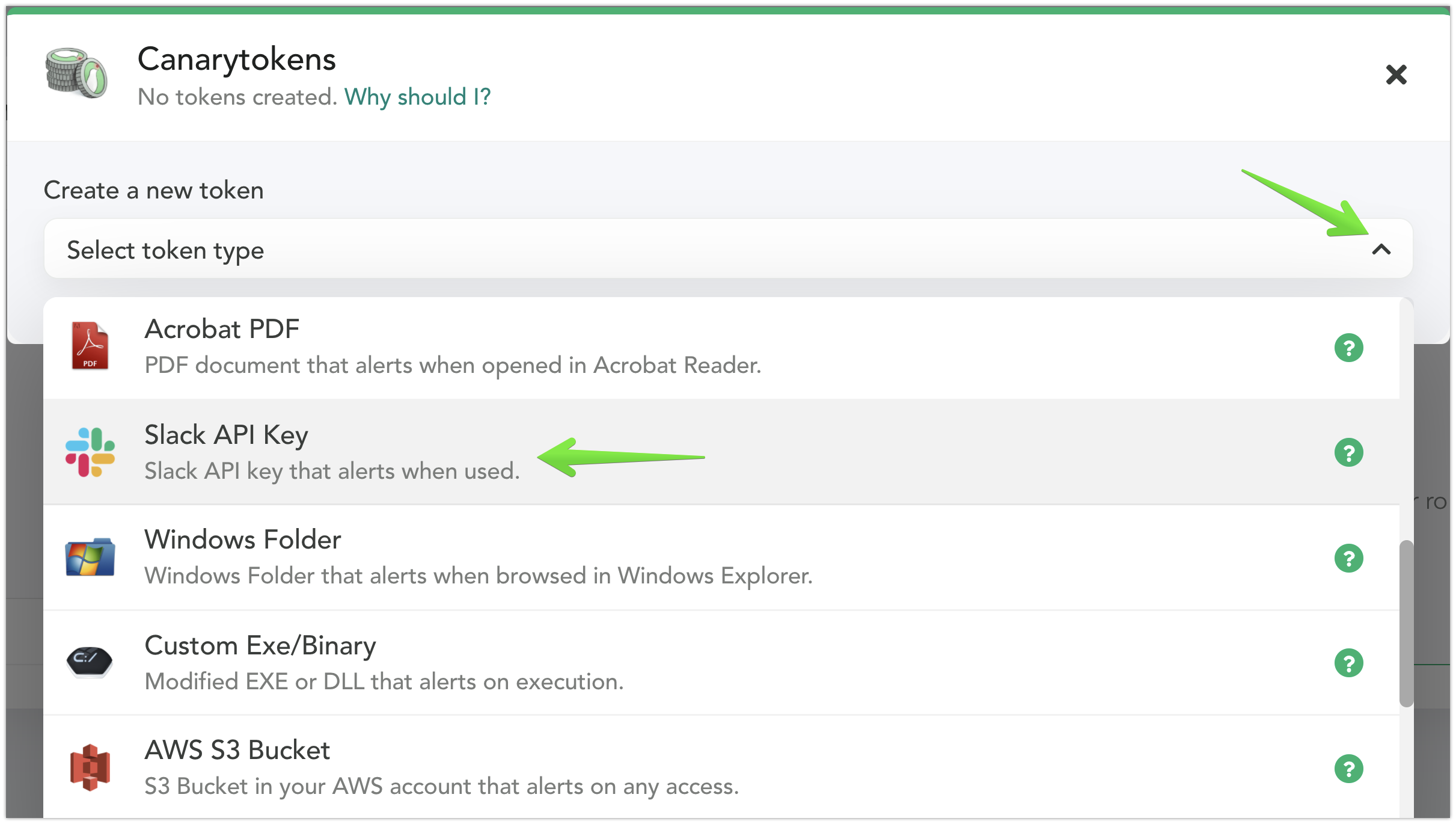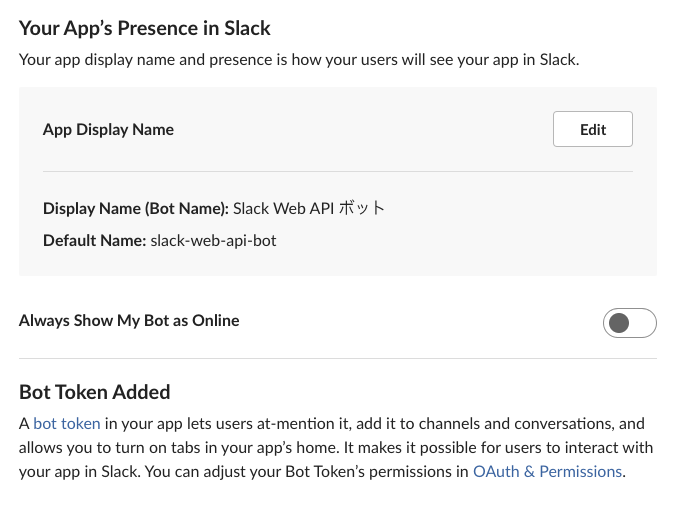

If you wish to use ngrok for your development too, download ngrok from, run it on terminal: You can probably just put your localhost URL such as Optional: Using ngrok Once you enter them correctly, you should see the “Your settings have been saved!” message on top of the screen for a few seconds.įor the URL, I am using a temporary URL from ngrok, which serves my localhost to a public URL. You can skip most of the field for now, but you must enter the (1) Command, (2) URL, and make sure the (3) Method is POST. Just go ahead and fill out some of the fields. You will see the Outgoing payload data with a token etc, but you don’t need to worry about this in this moment. In my case, I entered /httpstatus and hit the Add Slash Command Integration button to go to the next page.

Sign in to your Slack account and choose your command at my./services/new/slash-commands. If you don’t have your own test team account, create one to get started. Before building what they call App, you need this dry-run on your chat room. In Slack’s official term, what you are going to do is called Custom Integrations. The source code and the HTTP Status Cats command bot app are both available on GitHub 1.

My step-by-step instruction uses Node.js, so if you’d like to follow the how-to, make sure Node.js is installed on your machine.

Making it installable for public (so you can submit your bot to Slack’s App Directory if you want).Writing a slash command with Node.js and run it locally only on your team.You can stop after the step 1 if you don’t wish to distribute your bot: While developing I took notes of each step, so I decided to share how I have created the HTTP Status Cats command. 404) on Slack chat and get the status description with the cat pics.Īlthough I made some positive notes on its developer-friendliness of the Slack’s API docs in my Developer Experiences Matters article, I found it a bit confusing when I actually started developing along with the docs, because there are loaded with info and it is hard to find some resources I need. It was raining on a few weekends ago, instead of binge-watching some Netflix shows I decided to do some small project with the Conversational UI / Chatbot, and wrote the HTTP Status Cats command for Slack! Basically, I made my HTTP cats (that gave myself a 15 minutes of fame in 2011) into a slash command for Slack, where can simply type /httpstatus followed by a status code (e.g.


 0 kommentar(er)
0 kommentar(er)
